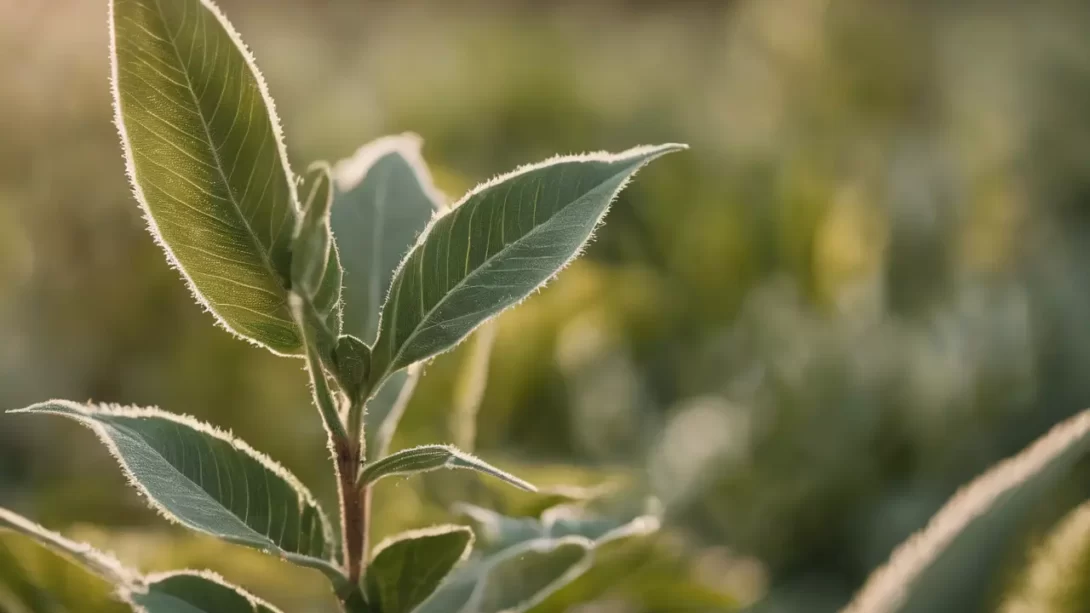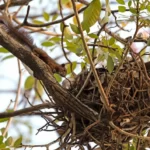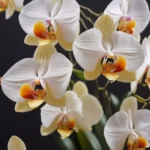Welcome to our aromatic exploration where we delve into a fragrant question: Does sage smell like weed? This intriguing query not only tickles the olfactory senses but also opens up a world of fascinating plant aromas. Understanding how sage and cannabis (commonly referred to as weed) emit their unique scents is not just a matter of curiosity but also holds significance in gardening, cooking, and even therapeutic practices. In this article, we’ll embark on a sensory journey, comparing these two distinct plant aromas, unraveling the science behind their scents, and discovering their unique characteristics. Whether you’re a seasoned gardener, a culinary enthusiast, or simply someone who appreciates the subtleties of plant fragrances, this exploration is for you!
Plant Aromas
To appreciate the nuances between the scents of sage and cannabis, it’s essential to first understand how plants produce their distinct aromas. Plants emit fragrances through various compounds, primarily terpenes, which are organic chemicals that play a vital role in the plant’s interaction with its environment, including deterring pests and attracting pollinators. Terpenes are the building blocks of plant scents, and their combinations and concentrations determine the unique aroma profile of each plant. For instance, the scent of lavender is largely attributed to linalool, while pinene contributes to the piney aroma of rosemary. Both sage and cannabis contain a complex array of these compounds, which results in their recognizable and sometimes overlapping scents. The composition of these aromatic compounds can vary greatly depending on the plant variety, growing conditions, and even the time of day.
Sage: A Scent Profile
Sage, with its rich history in culinary and medicinal uses, possesses an aroma that is both refreshing and earthy. The primary scent profile of sage is herbaceous, with a mix of piney, slightly citrusy, and somewhat peppery undertones. This complexity arises from the presence of compounds like camphor, cineole, and thujone. The specific scent can vary across different varieties of sage. For example, common sage (Salvia officinalis) often used in cooking, has a more pronounced camphor-like aroma, while clary sage (Salvia sclarea) leans towards a sweeter, nuttier fragrance. The diversity in sage’s scent profile not only makes it a versatile herb in the culinary world but also a sought-after component in aromatic and therapeutic applications. Its aroma is known for its calming and purifying qualities, often used in smudging rituals and as a natural air freshener.
Cannabis (Weed): A Scent Profile
Cannabis, often colloquially known as weed, has a remarkably diverse scent profile that can vary significantly among different strains. The basic aroma of cannabis is typically earthy and herbal, but it can range from sweet and fruity to skunky and pungent. This wide spectrum of scents is due to the various terpenes present in cannabis plants. For instance, myrcene contributes to the musky, earthy notes commonly associated with many cannabis strains, while limonene imparts a citrusy aroma, and caryophyllene adds a spicy, peppery touch. The scent of cannabis is also influenced by factors such as the plant’s maturity, growing conditions, and curing process. Cannabis strains are often bred to enhance specific aromatic profiles, leading to a vast array of unique scents that can appeal to different preferences and purposes, from recreational enjoyment to therapeutic use.
Comparing Sage and Cannabis Scents
When comparing the aromas of sage and cannabis, it’s fascinating to note both similarities and differences. Both plants share a base herbal character and can exhibit earthy, pungent notes. This is partly due to the presence of common terpenes like pinene and myrcene in both plants, which contribute to their somewhat overlapping scent profiles. However, the key differences lie in the specific combination and concentration of these aromatic compounds. Sage tends to have a clearer, more refreshing aroma with prominent camphor and citrus undertones, making it distinctively different from the often muskier, sometimes skunky or sweetly pungent notes of cannabis.
The perception of scent is highly subjective, and individual experience plays a significant role in how one distinguishes between these two aromas. While some might find certain strains of cannabis to have a hint of sage-like fragrance, others may perceive them as entirely different. The complexity and variety in the scent profiles of sage and cannabis illustrate the richness of the plant world’s aromatic offerings, inviting enthusiasts to explore and appreciate each plant’s unique olfactory signature.
Impact of Environment on Plant Aromas
The environment in which a plant grows has a profound impact on its aroma. Factors like soil type, climate, humidity, and even the time of year can influence the quantity and quality of the aromatic compounds a plant produces. For sage, well-drained, slightly alkaline soil and plenty of sunshine enhance its aromatic oils, leading to a more robust scent. Similarly, cannabis plants are greatly influenced by their growing conditions. For instance, plants grown in cooler climates might have more pronounced terpene profiles, resulting in a stronger scent. Indoor cultivation of cannabis allows for precise control over environmental factors, which can be manipulated to optimize the plant’s aromatic potential. Understanding these environmental influences is crucial for gardeners and growers aiming to maximize the aromatic properties of their plants, whether for culinary, therapeutic, or recreational purposes.
Practical Applications and Considerations
The unique aromas of sage and cannabis lend themselves to various practical applications. In the culinary world, sage is a cherished herb, adding depth and flavor to dishes. Its refreshing aroma also makes it a popular choice in aromatherapy and herbal remedies, known for its calming and purifying properties. On the other hand, cannabis, where its use is legal, is valued both for its psychoactive effects and its therapeutic potential, with its aroma playing a significant role in the overall experience of different strains. Beyond personal use, both sage and cannabis aromas have found their way into products like candles, essential oils, and incense.
However, it’s important to consider the legal implications surrounding cannabis. The cultivation, possession, and use of cannabis are subject to varying laws across different regions. Therefore, it’s essential to be informed about and comply with local regulations. Sage, being widely legal and non-psychoactive, serves as a more universally accessible option for those seeking herbal aromas without legal constraints.
Conclusion
In the end, the comparison between sage and cannabis scents is a testament to the incredible diversity of plant aromas and their influence on our senses and experiences. While there are similarities in their earthy, herbal notes, each plant possesses a unique aromatic identity shaped by its genetic makeup and environmental factors. Understanding these nuances not only enriches our gardening and culinary endeavors but also deepens our appreciation for the natural world. As we continue to explore and utilize the fragrant treasures of plants like sage and cannabis, we open ourselves to a richer sensory experience, one that connects us more intimately with the world of flora. So, whether you’re a gardener, a chef, or just someone who loves the smell of fresh herbs, remember: every plant has a story to tell through its scent.




